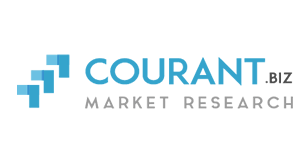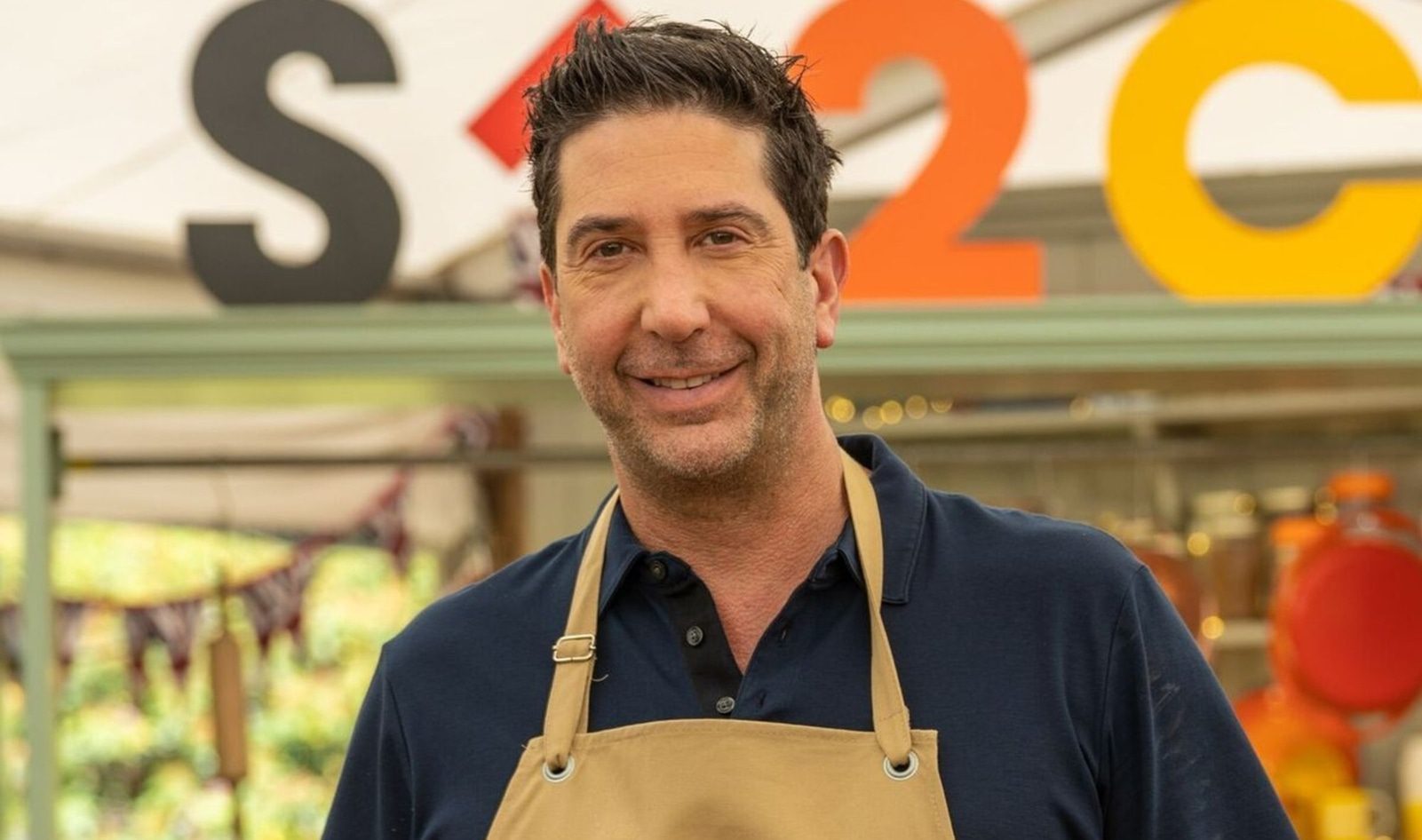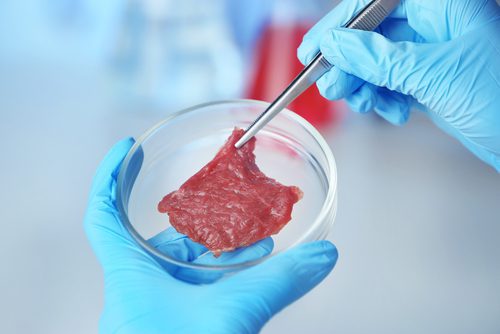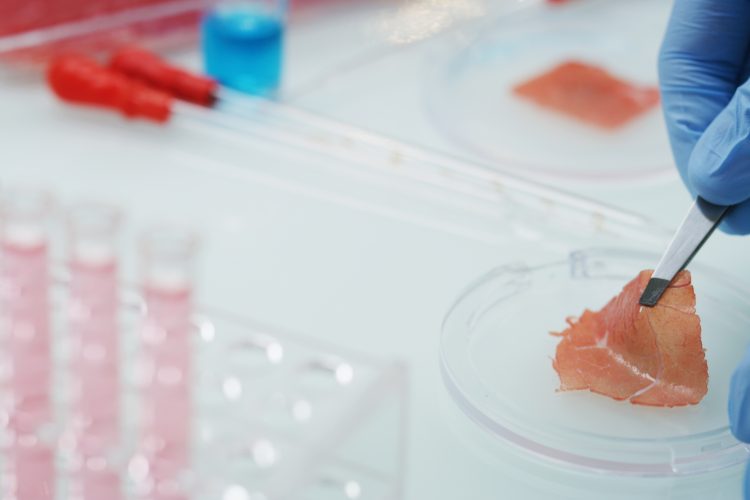The international alt-right has praised the recent farmers’ protests in the Netherlands as the latest people’s revolt against out-of-touch elites. For former US president Donald Trump, French National Rally leader Marine Le Pen, Danish climate-change sceptic Bjørn Lomborg and media outlets like Breitbart, The Federalist, Fox News, One America News and the Spectator, these demonstrations against an environmental policy that could put one in three Dutch livestock farmers out of business are analogous to the 2018–19 Yellow Vests protests in France, the US anti-vaccination movement and the January 2022 Canadian truckers’ protests. But, if successful, the Dutch protests will primarily benefit a food industry that exploits both farmers and animals.
The protests are funded by Agrifirm, De Heus and ForFarmers, three of the largest animal feed companies in the world. Royal A-ware, the dairy company behind the cheese brands Royal Orange and Westzaner, and the Vandrie Group, one of the largest beef and veal companies in Europe, also subsidize a foundation that claims to counter misinformation about Dutch agriculture. These agro-food companies, which finance at least one of the most radical farmers’ groups, have joined the protestors, the traditional farmers’ lobby, ecological farming cooperatives and environmental organisations in boycotting talks with the Dutch government. (Animal rights groups were not invited to participate in the talks.)
This is a shame because all these parties must play a role in enabling the Netherlands to remain an agricultural superpower.
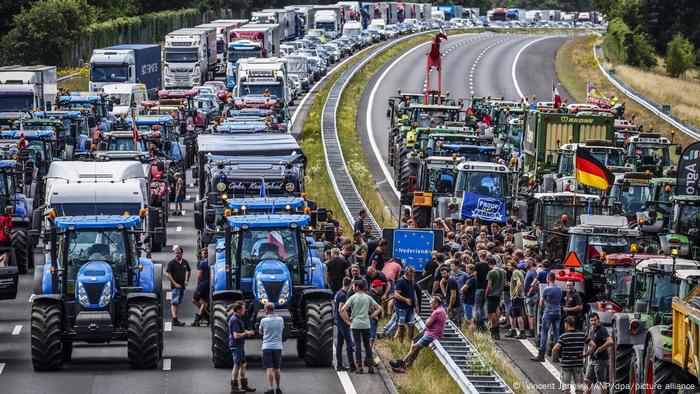
The Netherlands is the world’s second-largest exporter of agricultural goods, after the US. It is Europe’s largest meat exporter and the world’s fifth-largest dairy exporter. To produce all that meat, milk and cheese, the country needs almost as many cows and pigs as people: 16 million. Together with the country’s 100 million chickens, this gives the Netherlands the highest livestock density in the world. The manure from all these animals is a major source of ammonia pollution. Amid EU countries, only Malta has higher emissions per hectare.
Manure can be used as a natural fertilizer, but too much manure kills the microbes in the soil that make it fertile. It also seeps into the groundwater, which farmers use to irrigate their crops and which Dutch people drink leading to air- and water-borne ammonia pollution, which causes eye and nose irritation and lung damage in both people and animals and is especially dangerous to vulnerable plants, insects and birds in conservation areas. (The Netherlands has lost 70% of its insect population over the last thirty years.)
Farms have reduced emissions by 65% since EU conservation rules were introduced in the 1990s and piecemeal reforms and technologies like air purifiers have also helped. But while levels of ammonia pollution are lower than they were at their 1990s peak, they remain worrying high. Any further reductions will require changes to the economics of farming.
If the Netherlands is to reduce ammonia emissions from farming by 40% by 2030, around 11,000 of the 31,000 Dutch livestock farmers will have to cease operations over the next eight years. The remaining farmers will either have to downsize or invest in innovations like genetically modified animal feed and manure-clearing robots.
The Netherlands has a very large food industry. Primary agriculture represents only 1.4% of Dutch GDP, but this share rises to 6.4% if we include processing, logistics, research and other adjacent industries. Agricultural goods constitute one-seventh of all Dutch exports.
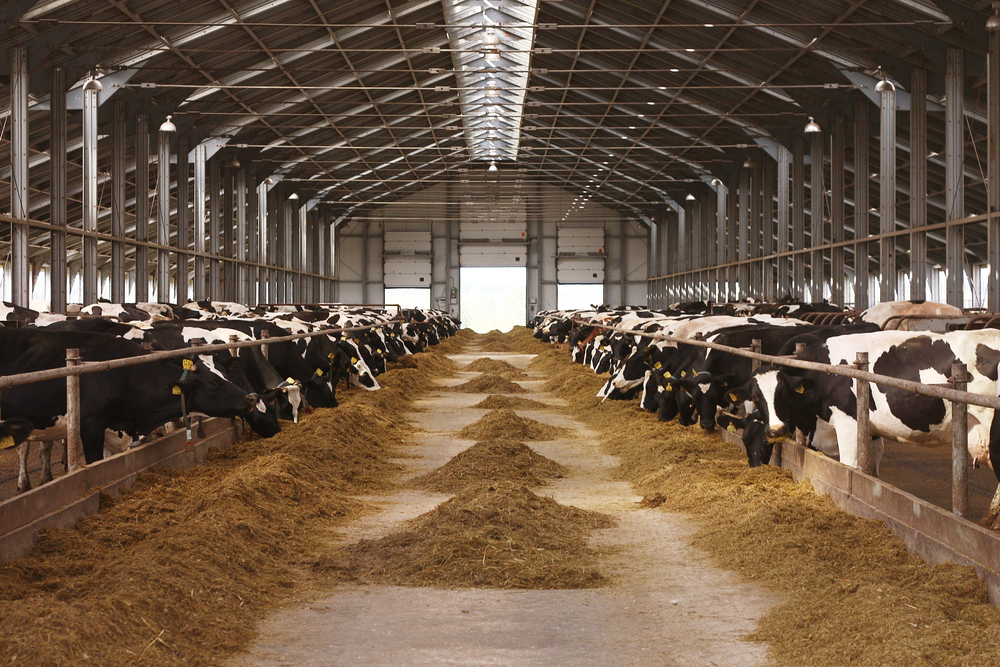
Most Dutch farms are small. The average dairy farmer has 108 cows. (In the US, the average is 300.) But these farms used to be even smaller. Twenty years ago, the average dairy farmer had 62 cows. Nearly half of all farmers have left the industry since then, but the number of farm animals has remained the same. Farms have been forced to grow in response to an industry that relies on ever greater quantities of low-cost meat and dairy. The average pig farmer now has 3,400 pigs, up from 900 in the year 2000.
There are currently more than 50,000 Dutch farmers, but only a few companies that sell animal feed, pesticides and milking robots. The five largest industrial wholesalers enjoy an 80% market share, while three quarters of all dairy farmers work for FrieslandCampina. As a result, farmers have little bargaining power. Profits are low, especially on dairy and meat. One in three Dutch farmers earns less than minimum wage, while the conglomerates who depend on their labour continue to make enormous profits. The five companies who are funding the farmers’ protests—Agrifirm, De Heus, ForFarmers, Royal A-ware and Vandrie Group—had a combined turnover of €8.7 billion (1% of Dutch GDP) in 2021 and a profit of €212 million.
Rabobank, which finances 85% of Dutch livestock farming, has been slow to invest in sustainability. Instead of encouraging farmers to switch to organic or other forms of ecologically sustainable farming, it has facilitated increasingly intensive animal husbandry, often loaning farmers money to build enclosures equipped with the latest air filtering and manure processing technology—on condition that they purchase dozens more cows or hundreds more pigs.
Intensive animal farming is not just a bad deal for farmers, though: it’s brutal to animals. Nearly all pigs and a third of all cows in the Netherlands spend their entire lives indoors. The average pig has only one square meter of space, the legal minimum. Boredom and overcrowding cause some pigs to become aggressive. Many farmers cut off the tails of piglets, so that they cannot be bitten off by adult pigs later in life. Most dairy cows die after 6–7 years, although a cow’s natural life expectancy is 15–20 years. More than a quarter develop udder inflammation from overmilking.
Falls and lameness are common among cows and pigs forced to sleep and walk around on concrete floors (which is nearly all cows and pigs). Eighty percent of cows will experience foot problems, including heel erosion and inflammation. One in twenty calves is stillborn, while 7% of live-born calves die within three months, often from malnutrition as a result of being fed formula, instead of their mothers’ milk.

By international standards, even these percentages aren’t bad. Dutch animal-welfare regulations are among the strictest in the world and most Dutch farmers adhere to them. But there is an inevitable trade-off between animal welfare and the price of dairy and meat. Dutch farmers cannot produce cheap dairy and meat for Dutch customers, export €18 billion worth of dairy and meat every year (2% of GDP) and provide 115 million chickens, cows and pigs with natural, healthy lives. Prioritizing the welfare of animals would lead to higher prices for consumers or a reduction in exports, or both.
Few farmers are happy with the current system: 64% don’t believe that factory farming is economically sustainable and 84% would invest in more ecologically friendly and humane farming methods if consumers were willing to pay a premium for better products. And consumers claim that they are: 75% say that they would pay more for sustainably produced food, while 60% want to ban factory farming altogether. Yet their revealed preferences tell a different story.
In supermarkets, most customers opt for the cheapest meat and dairy products most of the time. Organic food (which mandates more space per animal, including access to outdoor space) represents just 3% of the market share and plant-based meat substitutes just 2.5%.
Some things are changing. Rising energy, feed and transportation costs—due to supply-chain interruptions caused by the war in Ukraine—have made plant-based alternatives cheaper than animal meat for the first time ever. In the past, supermarkets often sold meat and dairy at or below cost in order to lure customers into their stores. Some are now moving away from this model and paying farmers a fair price. Most supermarkets now sell organic and non-organic products and animal- and plant-based products side by side. A few years ago, soy milk and plant-based meat were usually hidden away in a separate vegan or vegetarian section, if supermarkets sold them at all.
The Netherlands is home to two of the largest cultivated-meat companies in the world: Meatable and Mosa Meat. These companies make real meat, grown from animal cells in brewery-style bioreactors. Meatable produced its first cultivated pork sausage in July 2022. However, it is unable to sell these products in the EU, where cultivated, slaughter-free meat is currently illegal. If it were licensed for sale in Europe, cultivated meat could have an enormous impact on the food industry.
The US think tank RethinkX estimates that half of all US cattle will become redundant within a decade, since such companies can grow 10,000 kg (22,000 lb) of meat from a single gramme of cells taken from a live animal. If factory farming has a future, this is what it will look like.
Livestock farmers could sell animal cells to cultivated-meat companies and the meat of actual animals could be sold as a luxury product, after the animals have enjoyed long and healthy lives. But, unsurprisingly, feed makers, industrial-scale livestock farmers and meat processing companies are lobbying the EU to either forbid the sale of cultivated meat or to refuse to allow it to be labelled as “meat.” Plant-based dairy substitutes cannot be marketed as “cheese” or “milk.” European farmers received almost €40 billion in EU subsidies last year, but companies that produce cultivated meat and soy milk received no such support.
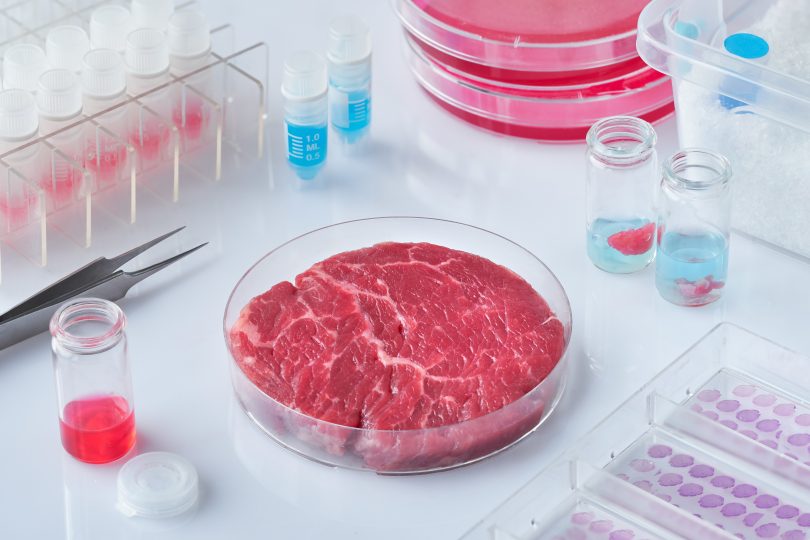
Farmers cannot legitimately claim that they cannot afford to switch to animal-friendly and nature-inclusive farming unless consumers are willing to pay more for their products and lobby against competitors who produce more affordable food in humane and ecological ways. This same principle applies to the banking and agro- and food industries, who argue that they cannot abandon factory farming because the market for higher-quality products is too small and yet actively deny producers of organic products and dairy and meat substitutes access to economies of scale by refusing to finance them.
For many years, FrieslandCampina refused to buy milk from organic dairy farmers, while Rabobank rarely financed ecological farms. Royal A-ware, to their credit, pay farmers above market rates. Vandrie is less generous, however, and has a history of lobbying against regulations to improve living conditions for calves.
It is these companies and their business models that are threatened by the Dutch government’s policy to reduce pollution. Far from siding with the little guys against powerful, uncaring political elites, the protesting farmers and their international sympathizers are actually doing the bidding of Big Ag.







